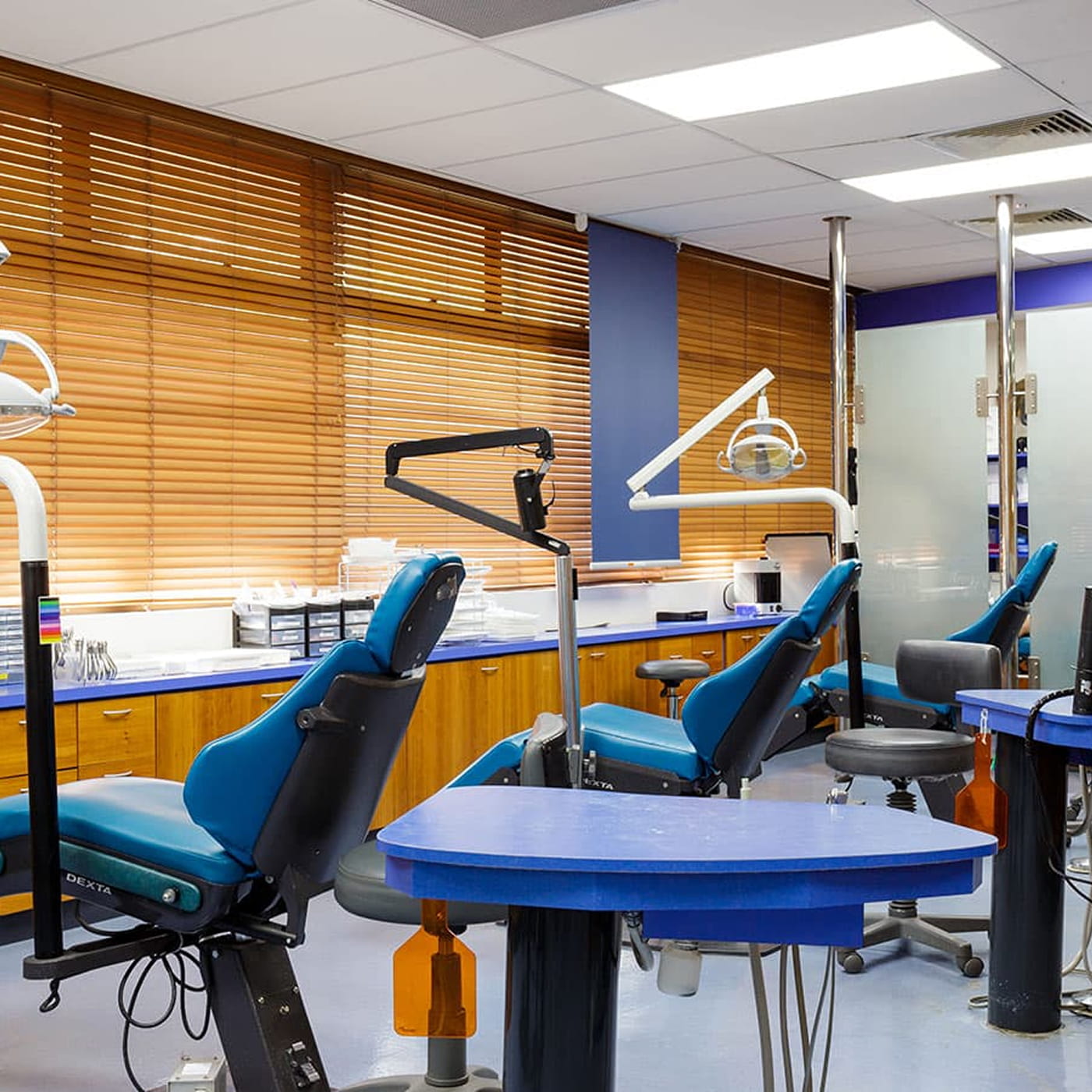4 Ecommerce Tips to Help Take Your Site to the Next Level
How good is ecommerce? We’re able to compare products and prices across a bunch of sites, make quick and easy purchases, and even checkout with a variety of payment options; all in just a few clicks.
While businesses have benefitted massively since the introduction of ecommerce, they have also been presented with challenges, such as increased market competition. Partner that with advances in things like financial technology (think Afterpay and ZipPay), as well as automation, and it’s easy to see that the ecommerce landscape is constantly evolving. This makes it important to know where you see your ecommerce site in a few years’ time, which is where strategy comes in. Focusing on your ecommerce strategy should help you in finding ways to pull ahead in a saturated market. If you’re looking for a visual, just picture Steven Bradbury’s iconic win at the 2002 Winter Olympics.
With that in mind, let’s take a look at four ecommerce tips that you can use to transform your strategy and help take your site to the next level.
#1 Review Your Site’s Information Architecture
Information architecture (IA) is the organisation, structure, and content associated with the layout of your website. It plays a crucial role in determining how your audience will navigate your site and (hopefully) make some purchases. Reviewing your IA is a good excuse to take a deep dive into your audience; do some keyword research to help learn what they want, the language they use, and how they would categorise the products you offer. Once you’ve got all this information, use it to inform your decisions. This is where you’ll likely start to look at the structure of your site, including the efficiency of your top-level and sub-level category use, as well as the amount of clicks it takes for someone to go from your homepage through to finalising their purchase.
An easy way to stay on top of your IA and ensure it’s easy to review at some point down the line is to use a visual mapping tool such as GlooMaps (if you aren’t already using one). This will help you map it out and later revisit the flow, structure, and organisation of content on your website.
#2 Optimise Your Site Properly
Have you ever clicked through to a page that takes more than five seconds (the wide web equivalent of a million years) to load? If you have, you probably gave up and went back to your search engine results to find something else, right? I know I’ve done that… so think about that in the context of ecommerce. The number of customers you could be losing solely based on a long website load time is more than enough reason to look at ways you can improve your site speed.
Image Optimisation
You’ll need to make sure every image you use is optimised for the web, because if you don’t, your website can become slower with every new upload. Optimising your images is essentially the process of getting the file size as small as possible without compromising on quality. Not only can image optimisation help with site speed, but it can also do wonders for your organic ranking (because search engines love quick websites!). If you’re not too sure about how your site speed is stacking up against competitors, it’s probably best to start with a site speed test. However, if you know you need to optimise your images, do some research on the tools and plugins available online to help you compress your images.
A/B Testing
If you love using data to inform your marketing decisions, A/B testing is one of the best ways to ensure your site is optimised towards your audience. A/B testing is a type of experiment that allows you to split content to a percentage of your audience at random. This helps determine a ‘winner’, as the strongest performing content will be what you present to everyone else. Ecommerce can benefit hugely from A/B testing, particularly in areas such as bounce rates, cart abandonment and user engagement. Marketers are using this testing method across many aspects of digital marketing, including emails and calls to action, as well as webpages and landing pages.
Spot and Find Solutions to Coding Issues
The success of any ecommerce strategy is heavily reliant on a great site, so being able to spot and find solutions to coding issues is crucial. You’ll want to make sure your site doesn’t have any glaring issues that could be a result of poor coding – be sure to ask yourself: are there any issues with the checkout? Is there anything that causes roadblocks on the journey that could make your customers bounce? If there are issues, and you want to fix them, be willing to invest. Cheaping out on short-term solutions will only cause you more headaches down the line.
#3 Refresh Your Content
Keeping your content fresh, relevant, and up to date can help work wonders for your ecommerce site. More specifically, if this aspect of your site is done well, you can increase your organic search traffic and get your site ranking higher in search engine results pages (SERPs). However, you want to attract the right people to your site – people who find value in the content you’re producing, and people who are interested in the products and/or services available through your site. When I spoke with Georgia Parentich, Account Manager and Digital Strategist at Clue, we explored this a little more – including the role of aesthetics.
“Using fresh content is a great way to help improve your organic rankings, but it’s also important to make sure your site is designed well. Your site needs to feel trustworthy and be desirable – you can have a great product, but a site with poor look and feel won’t convert.”
#4 Review Traffic Drivers and Site Data
Reviewing traffic drivers and site data is an effective way to find growth opportunities. Many organisations use a combination of marketing tactics – including search engine optimisation and search engine marketing, as well as email, content, and social media – to drive traffic to their ecommerce stores.
“Take note of what’s driving traffic to your site so that you can start looking into it and understand what’s working. This helps identify where you can optimise towards performance and where you can adjust budgets for your advertising spend if you need to. It’s important to expect different behaviours from the different traffic drivers because you’re targeting people with different intents. Your traffic drivers will get the right people to your site, so look at what you can do to match the customer’s expectations.”
Georgia Parentich
Account Manager and Digital Strategist.
This brings me to my next point – site data. You need to be able to rely on your site to finish the job once you’ve driven traffic to it. If you start to notice things like an increased bounce rate or a decrease in conversions, it could be indicative of an issue that a customer may be having on the site. These issues could be anything, whether it’s a problem with the checkout, a product being out of stock, or something completely different.
One way to collect accurate user interaction site data is through performance dashboards, as well as analytics software (like Google Analytics). While these are important tools to take advantage of, it’s equally important to make sure these are set up properly so that you can track performance effectively, learn even more about your audience and calculate your return-on-investment before making informed decisions. Another way to collect site data is through heatmapping, which will show you the journey an individual takes on your site. This helps to identify pain points in the journey and shows you any potential downfalls that need to be addressed quickly. To access this form of site data, you’ll need to install heatmapping on your ecommerce site or engage an agency, such as Clue, to help you.
Go For Gold
You’ve made it to the end of this article because you want your ecommerce site to stand out (well… at least, I think that’s how you made it to the end). While these tips are a great place to start, achieving ecommerce greatness takes hard work and dedication. Let’s revisit Steven Bradbury for a second – it’s safe to say that many Australians regard his semi-final and final wins as lucky. However, if we assume for a second that Steven Bradbury expected both races to play out exactly how they did, his gold medal could be a result of doing things he knew would work and doing these things at the right time. Seneca, a Roman philosopher, said it best – “luck is what happens when preparation meets opportunity”.
While he took advantage of a last corner street skater pile-up to take home the gold medal in the final, Steven Bradbury wouldn’t have even had the opportunity to do that without being prepared and having what it takes to be there amongst the best in the world. So, figure out what makes your site great and follow these steps to begin your journey on the road to taking home an ecommerce gold medal. If you need a hand with your ecommerce strategy, don’t hesitate to get in touch with us online or give us a call on 9368 0777.







